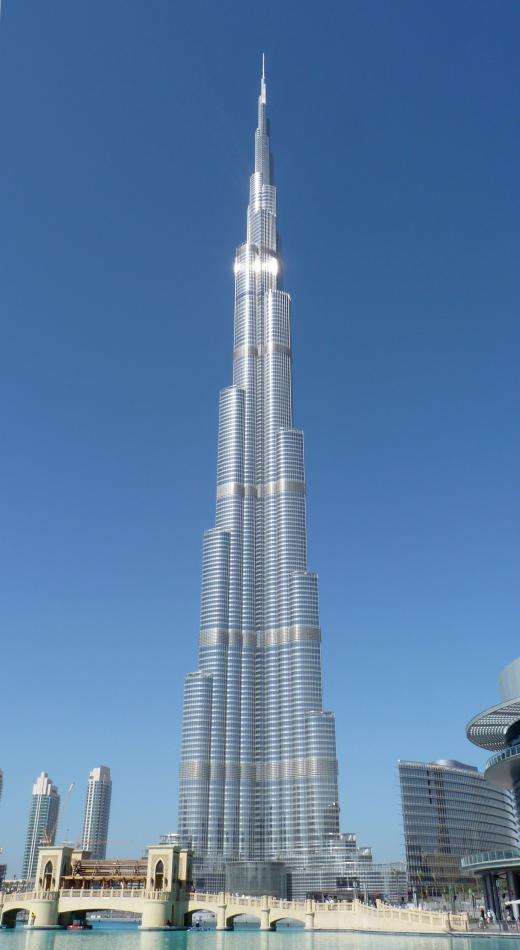A sky lobby is used in supertall buildings, such as skyscrapers, to make travel between elevators convenient for all passengers. These are intermediate floors used to section off the building. Most such buildings have one elevator, called an express elevator, which only travels between the different sky lobby floors. Between each sky lobby, there are local elevators that lead to all the floors in that section of the building. The number of local elevators in each section typically ranges up to 10, with up to five in a row to make walking between elevators easier for visitors and employees.
In very large buildings, there are numerous floors with a constant flow of visitors and workers going between the floors. If each elevator served the entire building, then most people would encounter a number of stops for others to get off before they arrived at their desired floor. This would make elevator travel inconvenient in large buildings and would lead to massive delays for most elevator travelers.

To alleviate this problem, a sky lobby is used. This lobby acts as a sectioning device t hat separates the entire building into several zones. In each lobby, there are separate elevators that only take travelers to a floor in that zone. For example, if there is a 20-floor building and each lobby serves five floors, then the first lobby would have elevators for floors one through five, and the second lobby would serve floors six through 10.

Getting to a sky lobby also is streamlined. Aside from the local elevators that serve each lobby’s zone, there also is an express elevator. This elevator or set of elevators only travels between the lobby zones. In this case, even if the traveler needs the top lobby zone and the elevator stops at every other lobby, the traveler still will only experience a few stops. Most buildings only contain a few lobbies, so express elevator travel would be easy on all visitors and workers.
Depending on the architecture, there may be 10 local elevators for each sky lobby zone. These local elevators are usually placed on opposite ends of the lobby, so the area does not become congested. Each local elevator will only serve several floors in the lobby zone, so those who need one of the bottom floors will not impede people who need a top floor.
